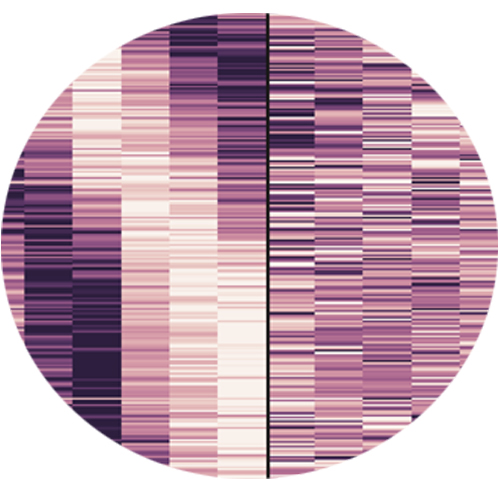S-adenosyl-l-homocysteine hydrolase links methionine metabolism to the circadian clock and chromatin remodeling
2020-12-16
Carolina Magdalen Greco, Marlene Cervantes, Jean-Michel Fustin, Kakeru Ito, Nicholas Ceglia, Muntaha Samad, Jiejun Shi, Kevin Brian Koronowski, Ignasi Forne, Suman Ranjit, Jonathan Gaucher, Kenichiro Kinouchi, Rika Kojima, Enrico Gratton, Wei Li, Pierre Baldi, Axel Imhof, Hitoshi Okamura, Paolo Sassone-Corsi
Science Advances, 2020, Vol 6, Issue 51
Circadian gene expression driven by transcription activators CLOCK and BMAL1 is intimately associated with dynamic chromatin remodeling. However, how cellular metabolism directs circadian chromatin remodeling is virtually unexplored. We report that the S-adenosylhomocysteine (SAH) hydrolyzing enzyme adenosylhomocysteinase (AHCY) cyclically associates to CLOCK-BMAL1 at chromatin sites and promotes circadian transcriptional activity. SAH is a potent feedback inhibitor of S-adenosylmethionine (SAM)–dependent methyltransferases, and timely hydrolysis of SAH by AHCY is critical to sustain methylation reactions. We show that AHCY is essential for cyclic H3K4 trimethylation, genome-wide recruitment of BMAL1 to chromatin, and subsequent circadian transcription. Depletion or targeted pharmacological inhibition of AHCY in mammalian cells markedly decreases the amplitude of circadian gene expression. In mice, pharmacological inhibition of AHCY in the hypothalamus alters circadian locomotor activity and rhythmic transcription within the suprachiasmatic nucleus. These results reveal a previously unappreciated connection between cellular metabolism, chromatin dynamics, and circadian regulation.








